thunderheart
100 W
Original article: https://www.thunderheartreviews.com/2018/09/sony-vtc4-discharge-capacity-test.html
Sony US18650VTC4 or just VTC4 is a high drain Li-ion cell of 18650 size which can be discharged at up to 30A current.
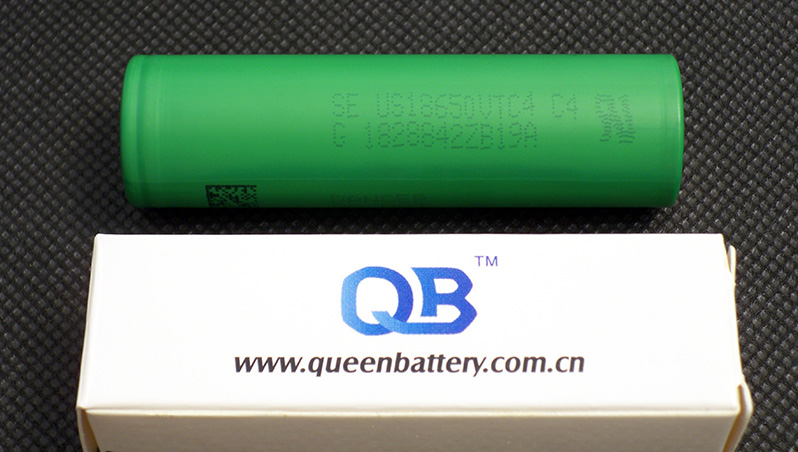
Bought it from Queen Battery.
As always, and the tests were done using ZKETECH EBC-A20, which supports up to 20A discharge, 4-wire measurement and is PC-connected.

This is the last time i use the version 2.5 of my battery holder with 0.3mm pure copper pads
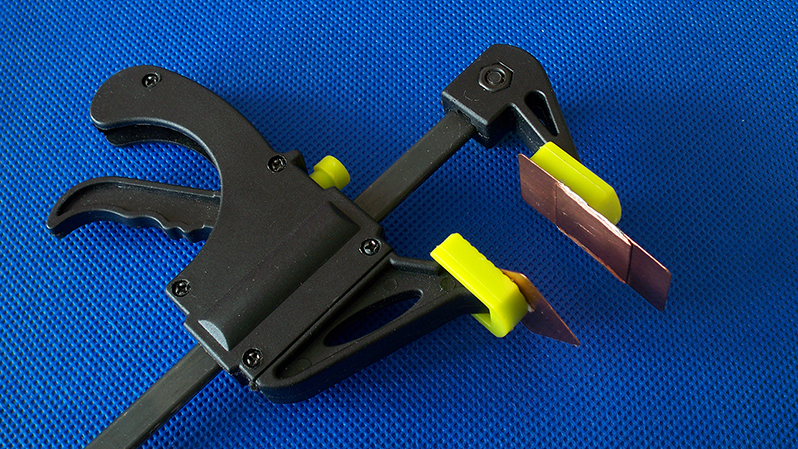
I've followed all the prescriptions of the IEC61960-2003 standard concerning battery's capacity measurement. Before each discharging cycle each battery was charged at standard current mentioned in its datasheet to charge end voltage (4.2V) (cut-off at 0.1A, which is the lowest supported by EBC-A20). Before each discharging or charging i've held a 1-1.5hrs pause. The environment temperature was about 25°C. To be sure in results i've done each test minimum twice.
SONY US18650VTC4
My cell has the following marking on the heat shrink: SE US18650VTC4 C4 G 1828842ZB19A
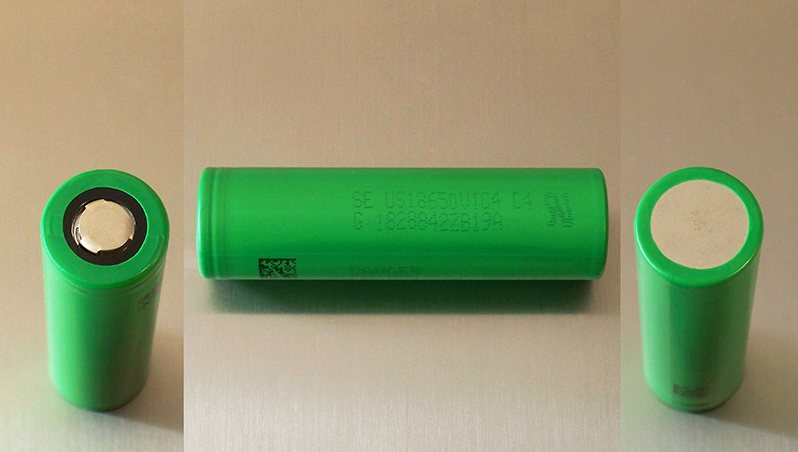
The main specifications from Sony VTC4 datasheet (pdf):
Nominal capacity: 2100mAh / 7.77Wh at 0.2C discharge
Minimum capacity: 2000mAh / 7.40Wh at 0.2C discharge
Average capacity: 2002mAh / 7.30Wh at 1C (2A) discharge
Average capacity: 2035mAh / 7.01Wh at 10A (5C) discharge
Nominal voltage: 3.7V
Standard charge current: 2A
Charge end voltage: 4.2V
Max. discharge current: 30A
Discharge cut-off voltage: 2.5V
AC impedance at 1KHz: 12mΩ
Average weight: 45g
My sample's measured weight is 45.20g
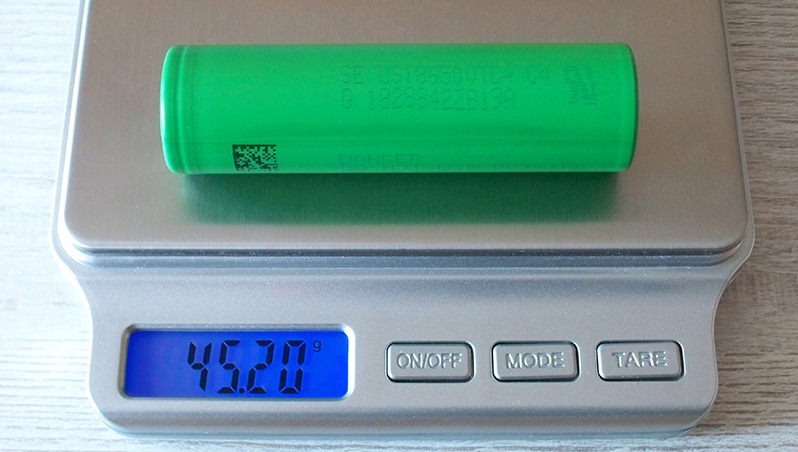
Capacity test results:

At 0.2C / 0.4A VTC4's capacity was almost 2200mAh and more than 8Wh! At all other discharge rates the capacity was around 2000mAh and the energy (which is more important) varies depending on the current. At 20A VTC4's discharge energy was almost 6.1Wh.
Each test I've done three times in the same conditions at the same ambient temperature but i noticed that the higher is the current the less stable are the results - and they are not going down as one could expect. For example at 20A discharge the first test showed 5926mWh, the second - 6277mWh and the third - 6084mWh. The same situation is with other discharge rates with smaller gap. It's the first cell i've seen with such unstable behavior.
CONCLUSION
As i said, the results are surprising with their lack of stability but nevertheless they are impressive. Sony VTC4 is a great high drain cell.
Here is the video version of this review (on YouTube):
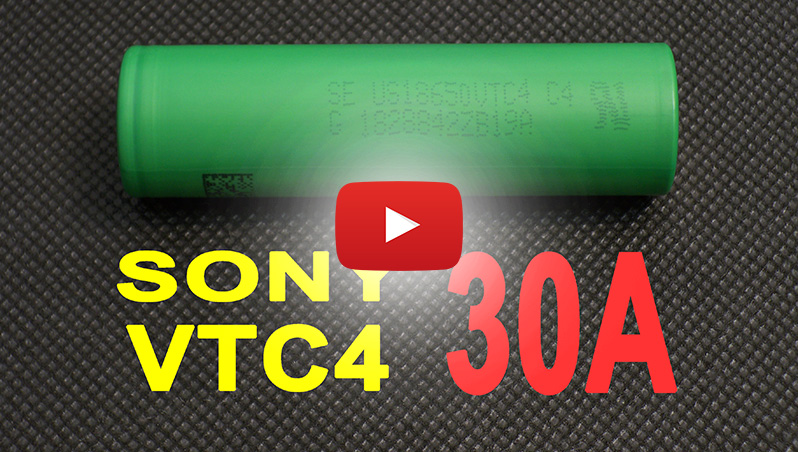
Check out my YouTube channel for batteries, chargers and other stuff reviews.
In my blog where you can find all my reviews in one place. Every new test/review is first published on YouTube and in the blog.
Sony US18650VTC4 or just VTC4 is a high drain Li-ion cell of 18650 size which can be discharged at up to 30A current.

Bought it from Queen Battery.
As always, and the tests were done using ZKETECH EBC-A20, which supports up to 20A discharge, 4-wire measurement and is PC-connected.

This is the last time i use the version 2.5 of my battery holder with 0.3mm pure copper pads

I've followed all the prescriptions of the IEC61960-2003 standard concerning battery's capacity measurement. Before each discharging cycle each battery was charged at standard current mentioned in its datasheet to charge end voltage (4.2V) (cut-off at 0.1A, which is the lowest supported by EBC-A20). Before each discharging or charging i've held a 1-1.5hrs pause. The environment temperature was about 25°C. To be sure in results i've done each test minimum twice.
SONY US18650VTC4
My cell has the following marking on the heat shrink: SE US18650VTC4 C4 G 1828842ZB19A

The main specifications from Sony VTC4 datasheet (pdf):
Nominal capacity: 2100mAh / 7.77Wh at 0.2C discharge
Minimum capacity: 2000mAh / 7.40Wh at 0.2C discharge
Average capacity: 2002mAh / 7.30Wh at 1C (2A) discharge
Average capacity: 2035mAh / 7.01Wh at 10A (5C) discharge
Nominal voltage: 3.7V
Standard charge current: 2A
Charge end voltage: 4.2V
Max. discharge current: 30A
Discharge cut-off voltage: 2.5V
AC impedance at 1KHz: 12mΩ
Average weight: 45g
My sample's measured weight is 45.20g

Capacity test results:

At 0.2C / 0.4A VTC4's capacity was almost 2200mAh and more than 8Wh! At all other discharge rates the capacity was around 2000mAh and the energy (which is more important) varies depending on the current. At 20A VTC4's discharge energy was almost 6.1Wh.
Each test I've done three times in the same conditions at the same ambient temperature but i noticed that the higher is the current the less stable are the results - and they are not going down as one could expect. For example at 20A discharge the first test showed 5926mWh, the second - 6277mWh and the third - 6084mWh. The same situation is with other discharge rates with smaller gap. It's the first cell i've seen with such unstable behavior.
CONCLUSION
As i said, the results are surprising with their lack of stability but nevertheless they are impressive. Sony VTC4 is a great high drain cell.
Here is the video version of this review (on YouTube):

Check out my YouTube channel for batteries, chargers and other stuff reviews.
In my blog where you can find all my reviews in one place. Every new test/review is first published on YouTube and in the blog.

